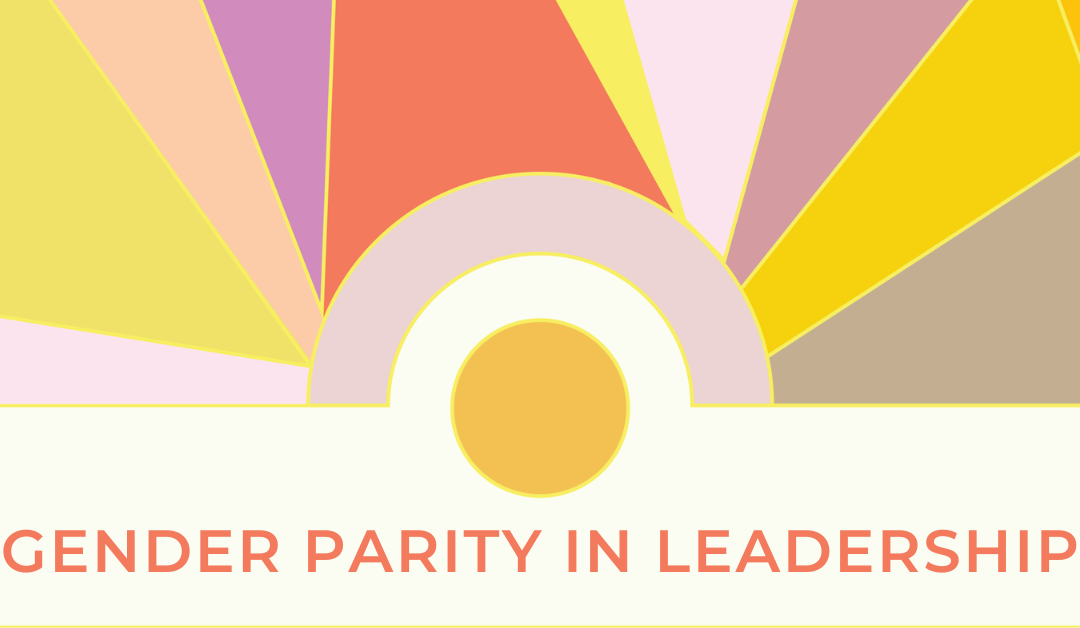Did you know that at the current rate of change for the C-suite, gender parity in leadership is at least three decades away? Research shows that while some progress has been made in advancing women in leadership, structural barriers and unconscious gender bias persist. Organizations are taking some steps to address the lack of parity, such as offering career development planning and diversity training, but more action is needed for real shifts to occur.
One of the key issues is that unconscious biases continue to permeate the workplace. For example, people’s deep-seated expectations about leadership differ for women and men. When it comes to assessing attributes, employees need to demonstrate to be considered for a promotion to a leadership role, the data reveals that men and women are viewed differently, depending on their gender.
Men are primarily valued for creativity, being results-oriented, and having integrity—more so than women. And women, more so than men, need to be strategic and courageous, but also people-oriented. Essentially, the survey concludes, “respondents want women to help them feel good at work and want men to deliver business results, which unconsciously or not, falls into the trap of stereotyped gender models.”
Gender equity is often painted as a women’s issue. But numerous studies—including the powerful report we are highlighting here, Women in leadership: Why perception outpaces the pipeline—and what to do about it, which surveyed 2,500 executives, managers, and other professionals—equally split between men and women—at organizations in 12 countries across 10 industries—have shown that diverse organizations perform better in many core competitive metrics, including higher revenue growth.
“At the end of the day, diverse teams are more innovative. The only way parity will increase is if we talk about diversity as a business problem and give it the same rigor and cadence that we do for other business problems.” Doreen Sebben Executive Director, The WIT Network.
